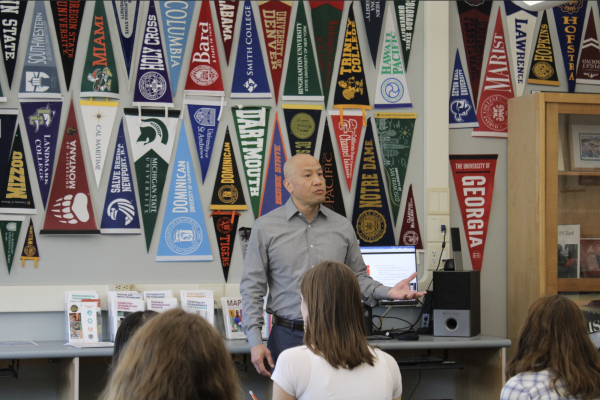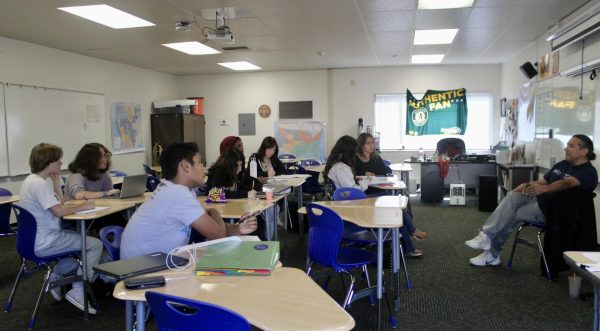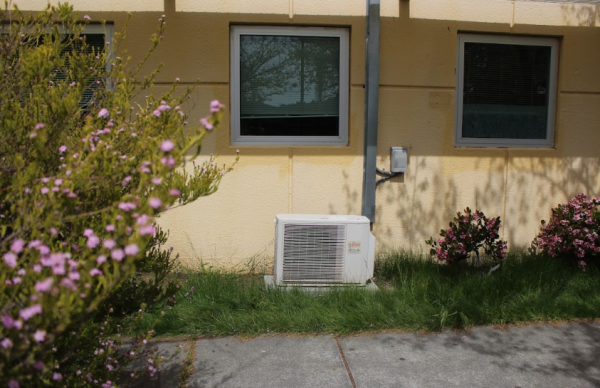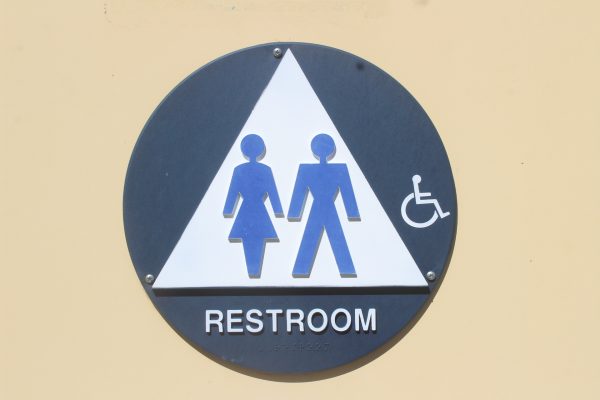Freshman class adapts from proficiency scale to letter grades
October 28, 2022
On Aug. 17, 2022, the first day of Redwood’s 2022-2023 school year introduced the incoming class of 2026 to letter grades. After nearly three months of assessment on 100-point scale letter grading, freshman students have begun to adjust from their middle school grading system.
The four most prominent feeder schools to Redwood (Hall, Del Mar, Ross and Kent) now collectively utilize a different grading system from the Tamalpais Union High School District (TUHSD). Their new system, standards-based grading, assesses students on a 1-4 or 1-3 scale, unlike Redwood’s current A-F scale.
According to the principal of Hall Middle School, Dr. Toni Brown, the standards-based form of grading aims to encourage students to pay closer attention to the content they are learning rather than solely working to receive the highest grade.

“A through F [grading] does not intrinsically motivate students the same way a goal-oriented type of mastery would,” Brown said. “We are on a 3-tier scale — ‘Approaching,’ ‘Proficient’ and ‘Emerging.’ The goal is to be able to have students independently and consistently demonstrate to [teachers] that they understand [the material] and are proficient in the standard.”
In addition to focusing on the content at hand, this alternative, standards-based grading system supports the reduction of student stress. Students are given more opportunities to demonstrate their understanding of the course material.
“There is definitely less anxiety around grades, and there is more of an understanding of, ‘I can revise my work and resubmit.’ When teachers give that feedback, it is all about that process; it is all about [students] improving their work,” Dr. Brown said.
Del Mar’s Principal Chad Stuart is also an advocate of using standards-based grading. After 13 years in the TUHSD, he has seen firsthand how letter grades can negatively affect student growth and understanding. Similar to Dr. Brown, Stuart finds this new grading system to be a more accurate representation of a student’s knowledge of a topic.
“Standards-based grading takes the gameplay out of [school]. … Somehow in society we condition kids to want to do the assignment because of the point value,” Stuart said. “The main [benefit of standards-based grading] is that [teachers] get away from students asking [them], ‘What do I need to do to improve my grade?’ or, ‘How much work do I need to do to get an A?’ More of the questions are, ‘What do I need to do to show growth in my learning?’”
However, former Del Mar student and freshman Renata Lionetti feels that standards-based grading did not prevent student stress and instead redirected students to alternative ways to reach the highest possible standard. Instead of working to receive an A+, students aim for an “Advanced,” the highest standard possible.

“[Standards-based grading] made me always want to get an ‘Advanced,’ and I think Del Mar in general, academically, was intense, especially [in] eighth grade. … Sometimes I would get mad if I didn’t get ‘Advanced,’ and I put a lot of pressure on myself,” Lionetti said.
Former Hall student and current freshman Henry Smith also recalls students completing work with the primary goal of achieving the highest standard rather than understanding the topic.
“Personally, I was focused on getting the highest [standard]. I would just do [the work] and semi-focus, and as long as I got a ‘Proficient,’ I was like, ‘Okay that’s fine,’” Smith said.
Despite efforts to mitigate pressure on students to reach the highest standard and just do work without focusing on the material, it seems that both letter grades and standards-based grading have the same outcome for students.
Additionally, teachers and staff at the middle schools seem unaware of the true effects of the transition from standards-based grading to letter grades on students when starting high school. Stuart trusts that any student who understands themselves as learners and has experienced growth can thrive academically after middle school.
“Our students here at Del Mar will be successful because they know how to learn; they know what growth looks like,” Stuart said.
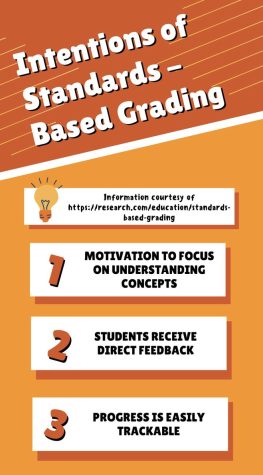
Dr. Brown is also not concerned about this year’s freshmen’s transition to letter grades.
“If we are doing our job right with standards-based grades, [students] have demonstrated proficiency, so having them transition to [letter grades] is not something I am worried about,” Dr. Brown said.
Despite attempts to eliminate pressure and produce more proficient learners, Smith did not experience those benefits and wished he had been receiving letter grades throughout middle school.
“[The alternative grading] was nice while we had it, but now thinking about it, it made [the levels of proficiency seem better than their corresponding letter grade] — an ‘Approaching’ felt like a B, but now it is a C or a D. … It would have been nice to have a normal grading system, so it’s the same throughout middle school and high school,” Smith said.
Standards-based grading’s levels of proficiency are not meant to be translated to letter grades, however, since freshmen are accustomed to being assessed in an alternative way from the letter grades they have now, their grades are inconsistent.
As the class of 2026 continues to adapt to the traditional A-F grading scale from their former proficiency standards in middle school, teachers and students alike can hopefully work together through the learning curve.









